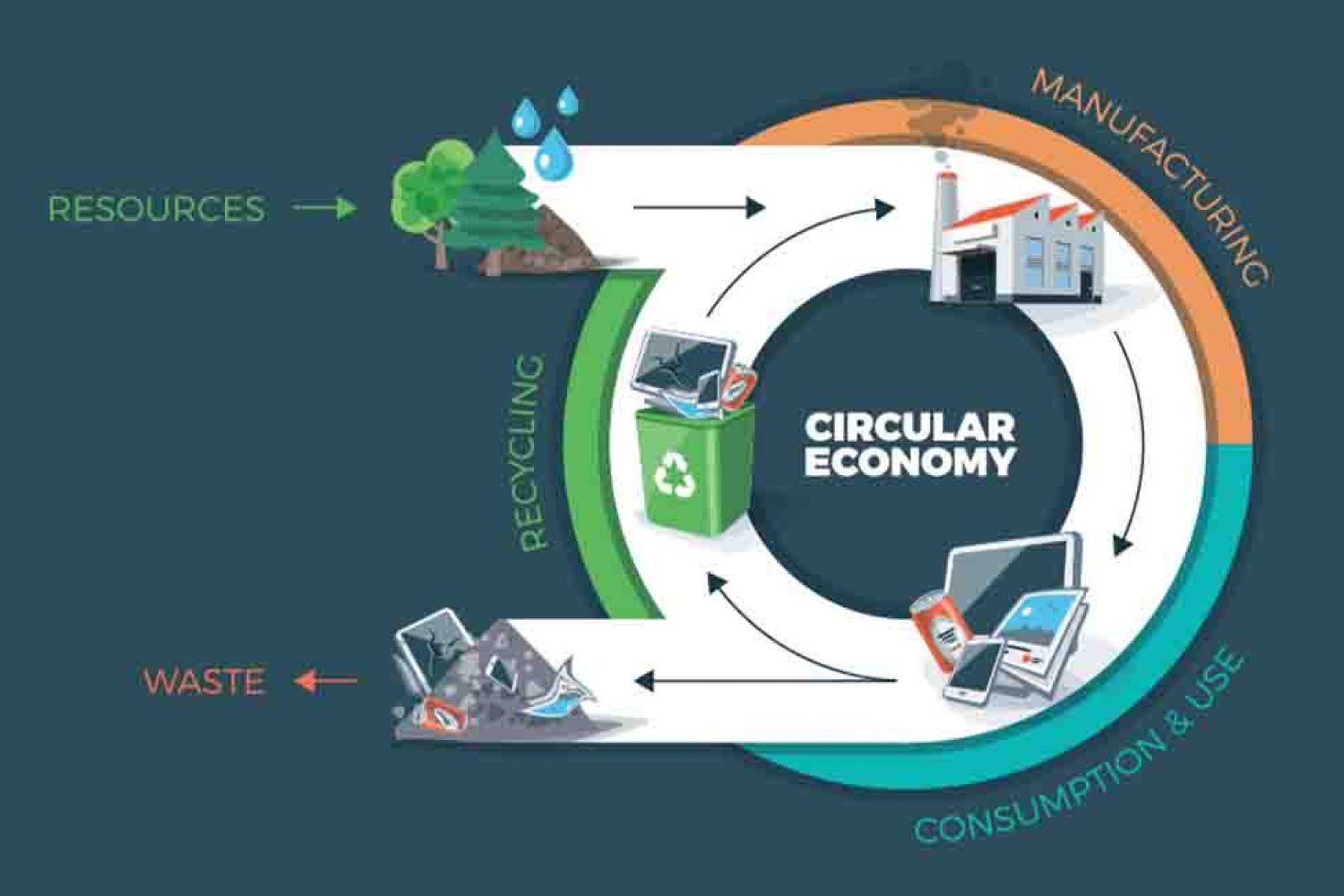What is the Circular Economy
The circular economy is an alternative to the traditional linear economy, in which resources are used once and then disposed of. In the circular economy, waste is viewed as a resource that can be used to create new products and generate new economic activity.
The concept of the circular economy has gained traction in recent years as a way to address the growing problem of plastic waste. Plastic waste is a major environmental problem, causing serious pollution and contributing to climate change. The circular economy offers a sustainable solution to this problem by creating a system in which plastic waste is reused and recycled instead of being disposed of in a landfill or incinerated.
There are many benefits to adopting a circular economy approach to plastic waste management. It can help to reduce pollution and greenhouse gas emissions, while also providing economic benefits such as jobs and growth. Additionally, it can help to reduce our reliance on fossil fuels and other limited resources.
Why is Sustainable Plastic Waste Management Necessary?
There are a number of reasons why sustainable plastic waste management is necessary. First, plastic waste is a major pollution problem. It is estimated that there are five trillion pieces of plastic floating in the world’s oceans, and this plastic is harming marine life and polluting the water. Second, plastic waste takes centuries to break down, so it is a very long-term pollution problem. Third, recycling plastic takes a lot of energy and resources, so it is not always the most sustainable option. Finally, many countries do not have the infrastructure to recycle all of their plastic waste, so it ends up in a landfill.
Sustainable plastic waste management is necessary to protect the environment from the harmful effects of plastic pollution. There are a number of ways to manage plastic waste sustainably, including reducing consumption, recycling, and upcycling.
What Is the Role of Recycling in Sustainable Plastic Waste Management?
The role of recycling in sustainable plastic waste management is to ensure that as much plastic as possible is reused or recycled instead of being sent to landfill.
There are many benefits to recycling plastic. Recycling reduces the need for new raw materials, which can save energy and resources. It also reduces pollution and greenhouse gas emissions.
Recycling plastic can be a challenge, as there are many different types of plastic with different recycling symbols. However, it is worth making the effort to recycle as much plastic as possible to help reduce the environmental impact of plastic waste.
How to Reduce Your Plastic Footprint?
If you’re looking to reduce your plastic footprint, there are a few things you can do. First, try to avoid using single-use plastics as much as possible. This means carrying reusable bags to the store and using a reusable water bottle instead of buying bottled water. You can also look for products that are made from recycled or sustainable materials.
Another way to reduce your plastic footprint is to properly recycle the plastics you do use. Make sure to check your local recycling guidelines, as different types of plastics can be recycled in different ways. And finally, spread the word! Show your friends and family how easy it is to reduce their plastic footprints, and together we can make a difference.
A Circular Economy Story IRL
We often talk about the circular economy in the context of its ability to create a more sustainable future. But what does that actually mean?
In a nutshell, the circular economy is an alternative to the traditional linear economy, in which we take resources, use them, and then dispose of them. In a circular economy, waste is designed out of the system, and resources are kept in use for as long as possible.
One way to think about it is to compare it to a recycling symbol. In a linear economy, that symbol would represent the end of the line for that product. But in a circular economy, that symbol represents the beginning of a new cycle.
So how does this apply to plastic waste?
Well, currently only 9% of all plastic ever produced has been recycled. The rest ends up in landfills or as litter in our environment. But what if we could keep that plastic in use and out of landfill?
That’s where the concept of a circular economy comes in. By design, a circular economy keeps resources in use for as long as possible and then recycles them back into the system so they can be used again.
Click here for more information on,
EPR Registration, Waste Management, MLP Recycling (Our Patented technology)

